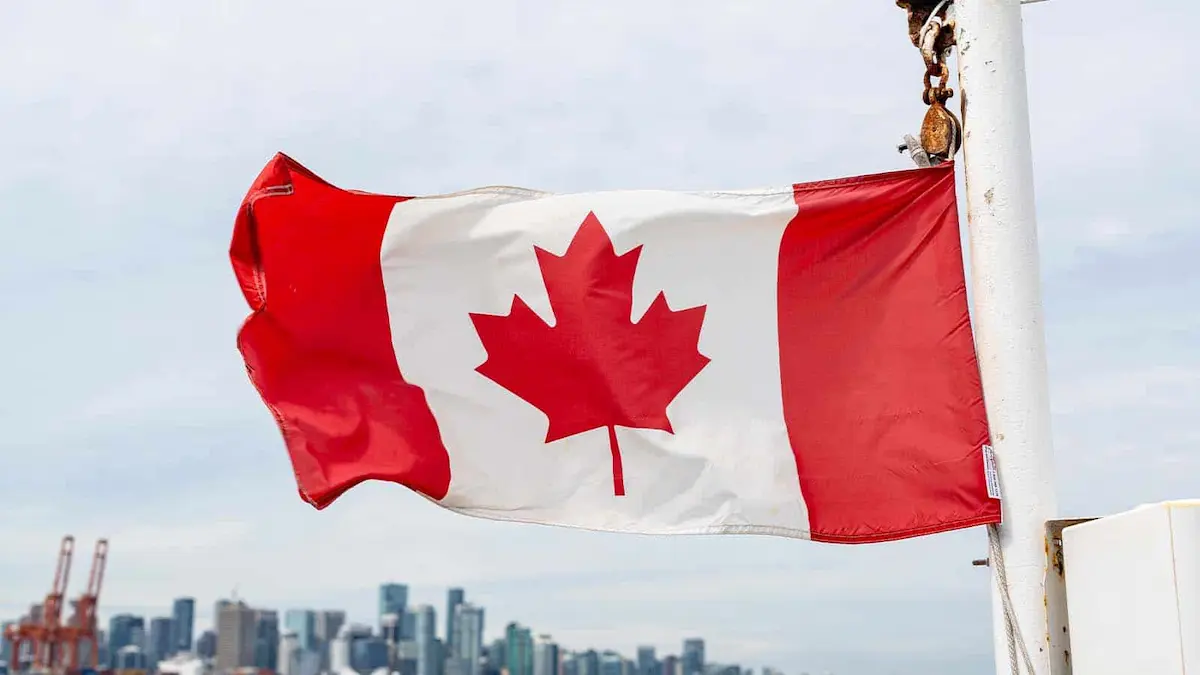
Canada PM Mark Carney reacts to Trump’s H-1B visa fee hike, offering skilled tech workers a new home
Canada’s Golden Opportunity: PM Mark Carney Welcomes Tech Talent Amid Trump’s H-1B Visa Shakeup
Published: September 28, 2025 | By: Rapid Updates News Team
Trump’s $100K H-1B Visa Fee Sparks Global Reaction
On September 21, 2025, U.S. President Donald Trump signed an executive order that shocked the global tech community. The order raised the application fee for new H-1B visas to a staggering $100,000. This move, aimed at protecting American jobs, has caused panic among foreign professionals and tech companies that rely heavily on international talent.
The White House clarified that current H-1B holders would not be affected, but the new fee applies to all fresh applications. With Indian professionals making up over 70% of H-1B visa holders, the impact is especially severe for India’s tech workforce. Many young engineers and developers now face uncertainty about their future in the U.S.
Canada’s Prime Minister Sees an Opening
Canadian Prime Minister Mark Carney responded swiftly to the U.S. policy change. Speaking at the Council of Foreign Relations in New York and later in London, Carney said, “I understand you’re changing your visa policy. Maybe we can hang on to one or two of them.” His remarks were both witty and strategic, signaling Canada’s intent to attract displaced talent.
Carney emphasized that many of these professionals are highly skilled and mobile. “Not as many H-1B visa holders will get visas in the U.S. These people are skilled, and this is an opportunity for Canada,” he added. He promised a “clear offering” soon, suggesting that Canada may revise its immigration policies to welcome tech workers affected by the U.S. changes.
Why Canada Is an Attractive Destination
Canada already hosts a thriving tech ecosystem with major players like Amazon, Microsoft, and Google operating large hubs in cities like Toronto and Vancouver. Amazon employs over 8,500 tech workers in Canada, while Microsoft has 2,700 staff in its Vancouver development center.
The country also boasts world-class research institutions, a high quality of life, and cultural diversity. Its proximity to the U.S. and similar time zones make it a practical alternative for companies and workers alike. In 2024 alone, over 87,000 Indians became Canadian citizens, and nearly half of the 32,000 tech migrants to Canada were from India.
Immigration experts and advocacy groups like Build Canada are urging the government to act quickly. “Hundreds of thousands of highly skilled and highly paid H-1B professionals are now seeking a new home,” a memo from the group stated. “Canada is the natural destination.”
Challenges and the Road Ahead
While Canada’s response is promising, experts caution that its immigration system has its own hurdles. Processing times, point-based evaluations, and provincial quotas can slow down the migration process. However, with political will and public support, these barriers can be addressed.
Other countries like Germany and the UK are also stepping in. Germany’s ambassador to India recently invited Indian professionals to consider Germany, while the UK is exploring zero-fee visa options for top global talent. The competition to attract skilled workers is heating up.
For Canada, this is more than a reactive measure—it’s a strategic opportunity. By welcoming displaced H-1B professionals, Canada can strengthen its tech sector, boost innovation, and reinforce its global reputation as a welcoming and forward-thinking nation.
As Prime Minister Carney prepares to unveil Canada’s new immigration proposal , the world watches closely. Will Canada become the new beacon for global tech talent? The next few months will tell.